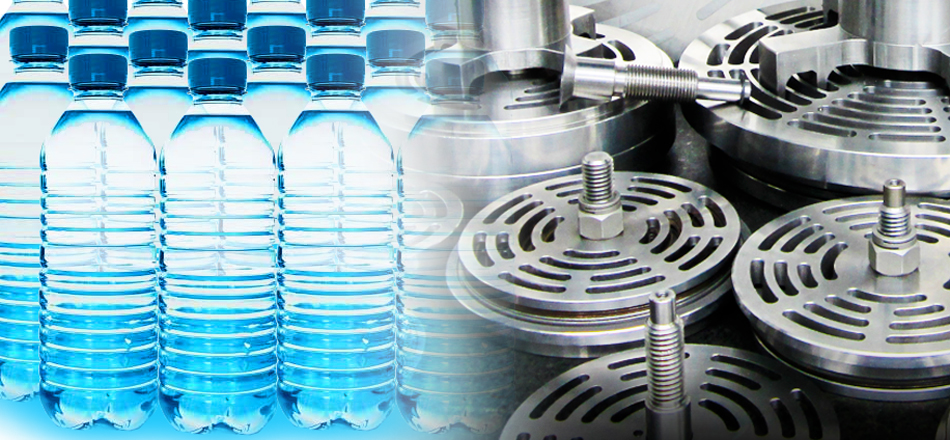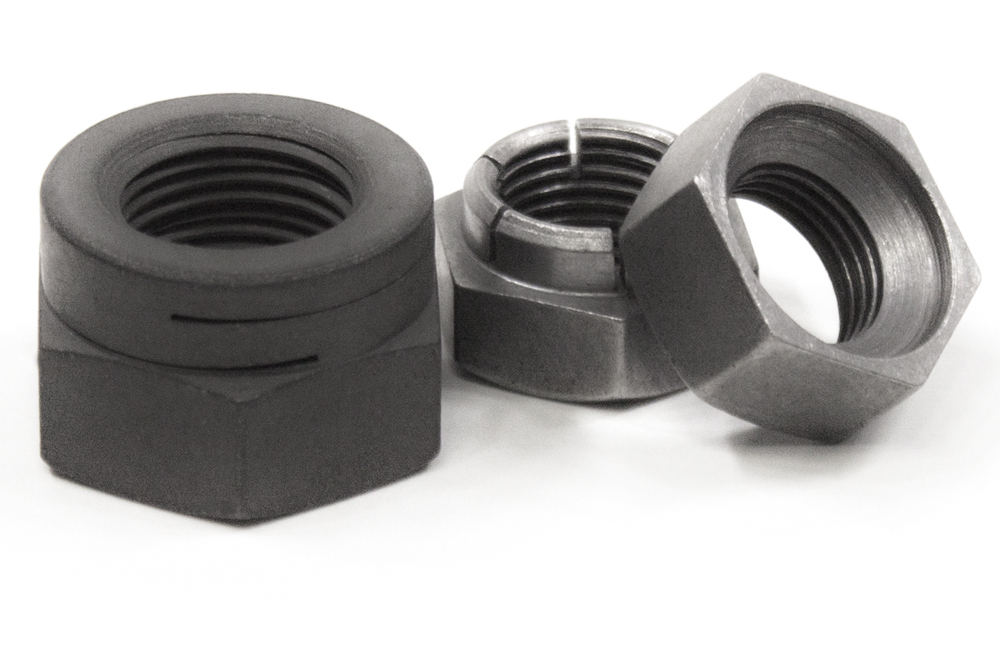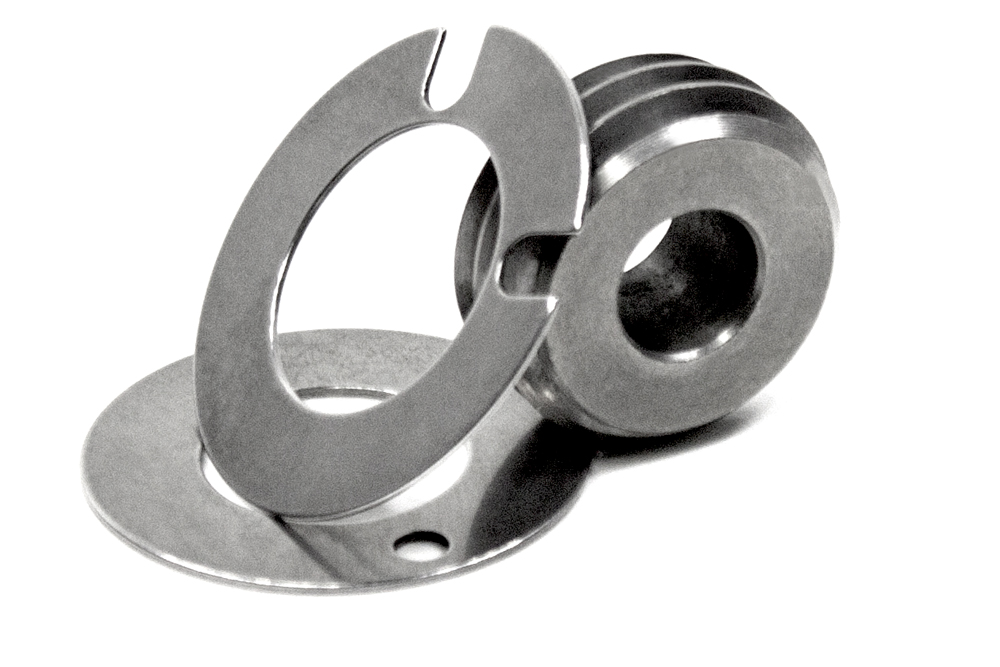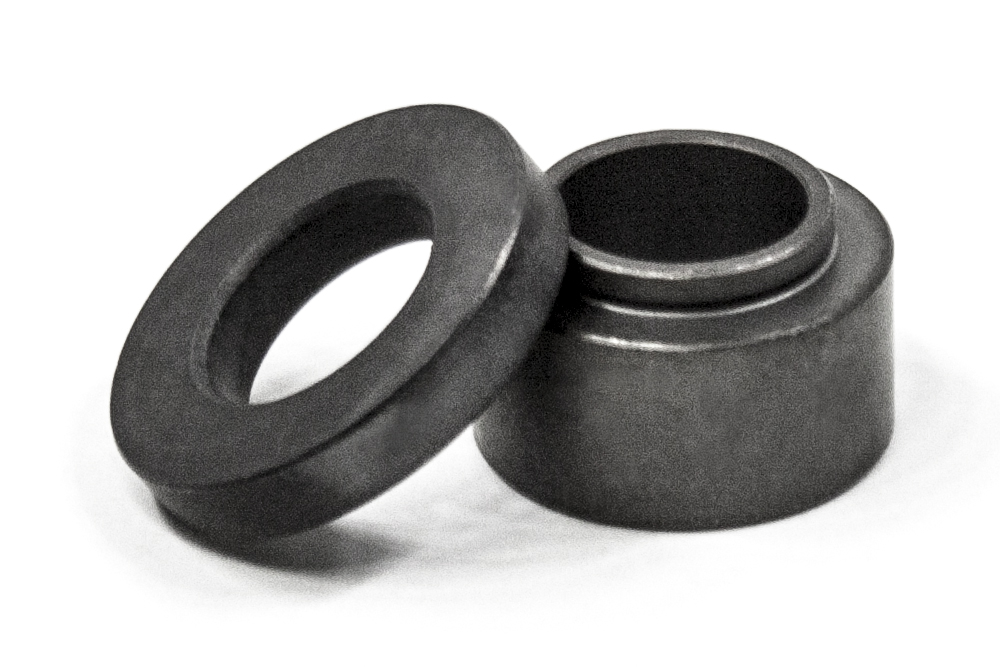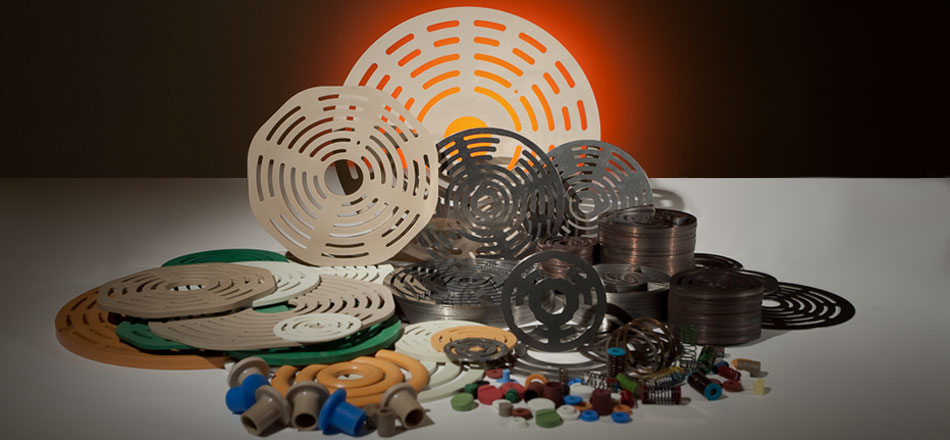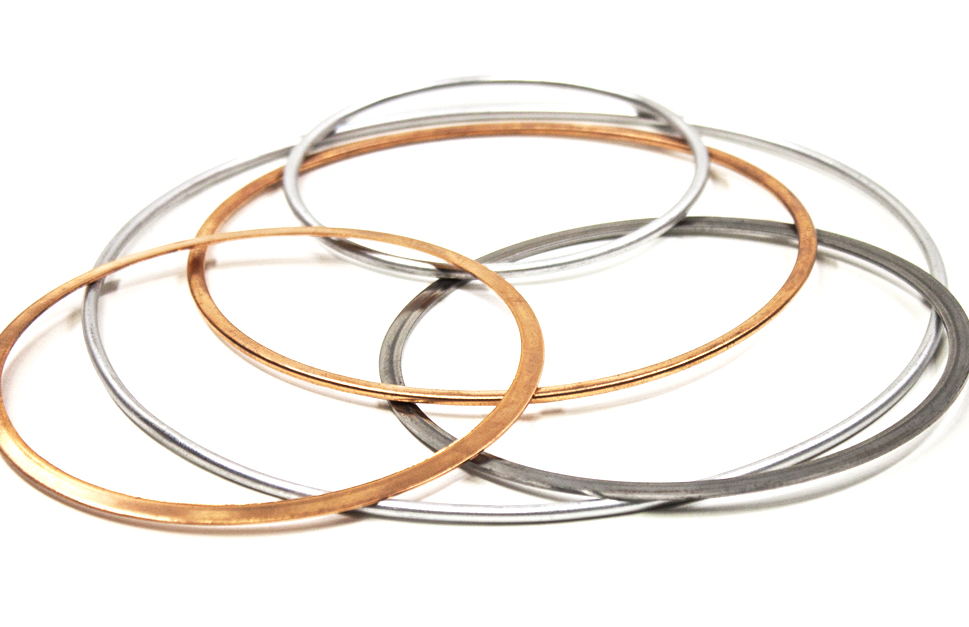Posts Tagged ‘compressor parts’
How a P.E.T. Compressor Works, and Key Valve Parts to Stock
A P.E.T. compressor is designed to efficiently compress gases for industrial applications, ensuring consistent pressure and reliable operation. Its performance depends on well-maintained components, particularly valves, which control gas flow during compression cycles. Proper maintenance and stocking of key parts enhance durability, reduce downtime, and optimize system efficiency. Understanding how a P.E.T. compressor operates is…
Read MoreParts of a Compressor Explained: Functions and Importance
Understanding the parts of a compressor is essential for reliable, efficient, and safe operation. Key components like pistons, valves, crankshafts, bearings, and cooling systems work together to maintain performance. Proper maintenance and awareness of these parts prevent downtime, extend equipment lifespan, and optimize overall compressor efficiency. Compressors are essential components in many industrial and commercial…
Read MoreHow Compressor Parts Impact Gas Gathering System Efficiency and Reliability
A gas gathering system collects natural gas from production sites and transports it to processing or storage facilities. Its efficiency and reliability depend on the performance of compressors, valves, and other critical components. Proper maintenance, high-quality parts, and monitoring ensure consistent flow, optimal pressure, and safe, uninterrupted operation throughout the system. Inefficient or failing compressor…
Read MoreCommon Gasket Seal Failures in Reciprocating Compressors and How to Avoid Them
A gasket seal is a vital component in reciprocating compressors, designed to prevent leaks, maintain pressure, and ensure reliable performance. When properly selected and maintained, a gasket seal improves efficiency and reduces downtime. Choosing the right materials and practices helps avoid failures that can disrupt industrial operations. When gasket seals fail inside reciprocating compressors, the…
Read MoreSelecting the Proper Types of Locknuts for Safety and Reliability
Selecting the right types of locknuts is crucial for safety and reliability in industrial applications. Different locknut designs offer varying levels of vibration resistance, corrosion protection, and load capacity. Understanding their materials, threads, and performance characteristics ensures secure connections, reduces maintenance, and extends equipment lifespan across demanding operational environments. Ensuring safety and reliability in industrial…
Read MoreUnderstanding the Types of Washers in Reciprocating Compressor Maintenance
Different types of washers are essential in reciprocating compressor maintenance. Each type serves a specific purpose, from distributing loads to preventing vibration-related loosening. Choosing the right washer ensures proper alignment, reduces wear, and extends the life and efficiency of compressor components. Washer failure in reciprocating compressors may seem like a minor issue, but it often…
Read MoreTop Signs of Guide Ring Wear and When to Replace Them
A guide ring in reciprocating compressors plays a vital role in maintaining piston alignment and reducing lateral movement. By minimizing friction and wear between moving parts, guide rings help ensure efficient operation and prolong the life of the compressor. Timely inspection and replacement prevent costly damage and maintain optimal performance. Guide rings are critical components…
Read MoreStainless Steel Laser Cutting for OEM Precision Parts: What to Consider
Stainless steel laser cutting offers high precision, clean edges, and minimal material distortion, making it ideal for OEM precision parts. This method ensures repeatability and efficiency across complex designs and varying thicknesses. With fast turnaround and excellent surface quality, stainless steel laser cutting supports durable, high-performance components in demanding industrial applications. OEM manufacturers often face…
Read MoreGasket vs O-Ring: What’s the Difference and When to Use Each
Gasket vs O-ring: While both are essential sealing solutions, gaskets are ideal for flat, static surfaces, and O-rings work best in dynamic, pressurized environments with circular grooves. Choosing the right one depends on your application’s pressure, movement, and material needs—ensuring a proper seal, preventing leaks, and maximizing system performance. Sealing failures can lead to major…
Read MoreHow to Maintain Natural Gas Compressor Parts for Long-Term Performance
Natural gas compressor parts are critical components that ensure the efficient and safe operation of gas compression systems. Regular maintenance of valves, filters, seals, and fasteners helps prevent costly downtime and extends equipment lifespan. Using high-quality parts and monitoring system performance are key to achieving long-term reliability in natural gas applications. Neglecting routine maintenance of…
Read More
